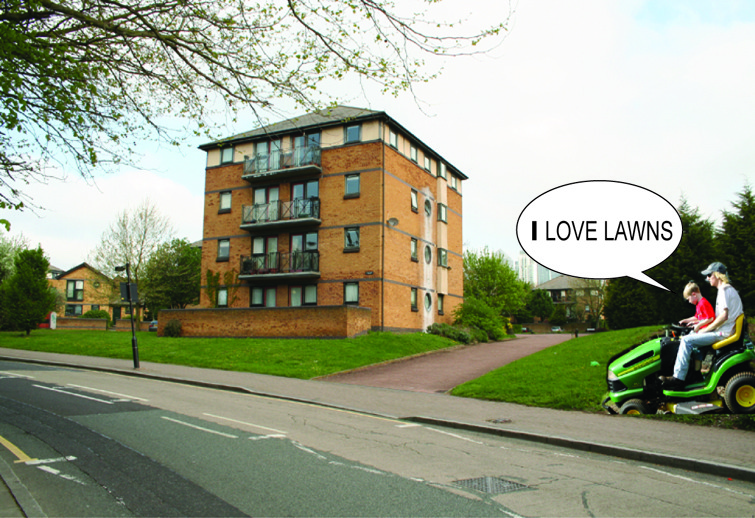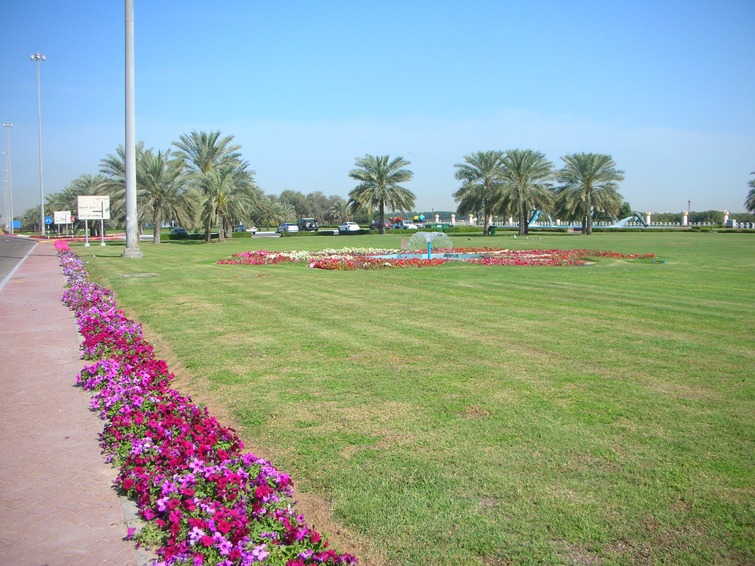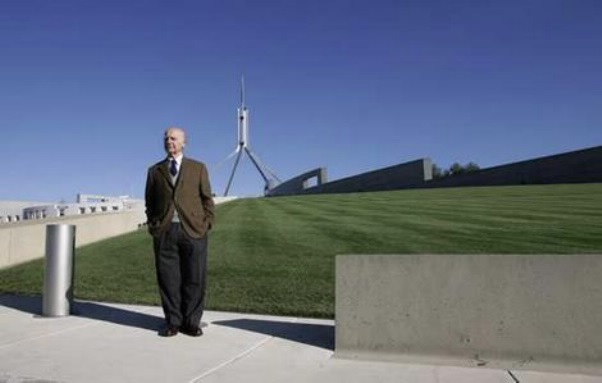
The Bruntland Commission may have set back sustainable urban design by half a century with an idiotic definition: “Sustainable development is development that meets the needs of the present without compromising the ability of future generations to meet their own needs” It gives anyone who wants it an excuse for doing nothing and claiming they are acting sustainability. What are my ‘needs’: one bicycle or two cars? And what are ‘needs’ of future generations: no bicycles and three cars?
The reason for Bruntland’s blunder is that sustainability is a relative concept, like ‘near’ and ‘far’, incapable of absolute definition. Is the moon near or far from the earth? It is very near for space travelers but very far for cyclists. We should boast an inability to design ‘sustainable cities’ but assert a competence in making cities ‘more sustainable’. As urban designers and landscape architects we do this by planning for fewer inputs and fewer outputs than the International Modern Cities which too many architects and engineers have designed, are designing and will design. Here are some examples:
1. Cities will require less input of water because we are expert in sustainable urban drainage systems – and they will have less output of waste water because we know how to detain and infiltrate water within urban areas.
2. Cities will require less import of construction materials from distant lands because we believe in respecting the Genius Loci and using the local materials which he provides for our use.
3. City building will involve less transport of excavated subsoil to dumps because we will use it design new landforms.
4. Less energy will be required for heating and cooling because we will orientate buildings correctly and design with microclimate.
5. Planting schemes will require less irrigation, less maintenance and less input of chemicals because we will make more use of native plant materials and will make lawns only when they have a social use.
6. People will walk more and cycle more because we will design beautiful and convenient paths – and we will do this before any roads or buildings are planned.
7. When people get more exercise they will have better health, so that the resource inputs for healthcare will also be reduced and we will have less medical waste to dispose of.
8. Buildings will be better insulated, because almost all of them will have vegetated roofs, and will therefore require less heating in winter and less cooling in summer.
9. Cities will be more compact because there will be less roadscape, fewer parking lots and less need for greenspace at street level – because we are going to make such wonderful skyparks and skygardens.
The inputs and outputs exemplified above are all measureable, just as the distance from the earth to the moon is measurable.
See also: Eco-city plans and sustainable design





